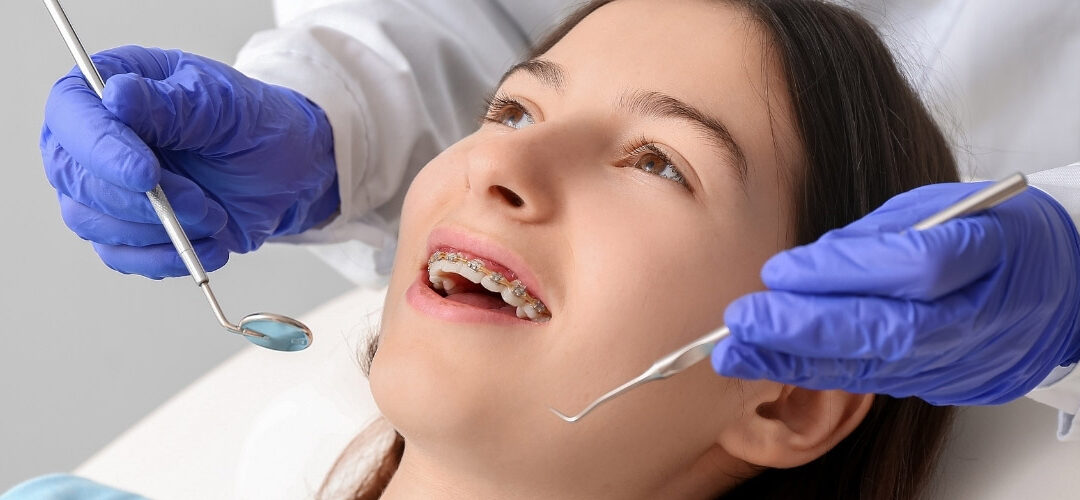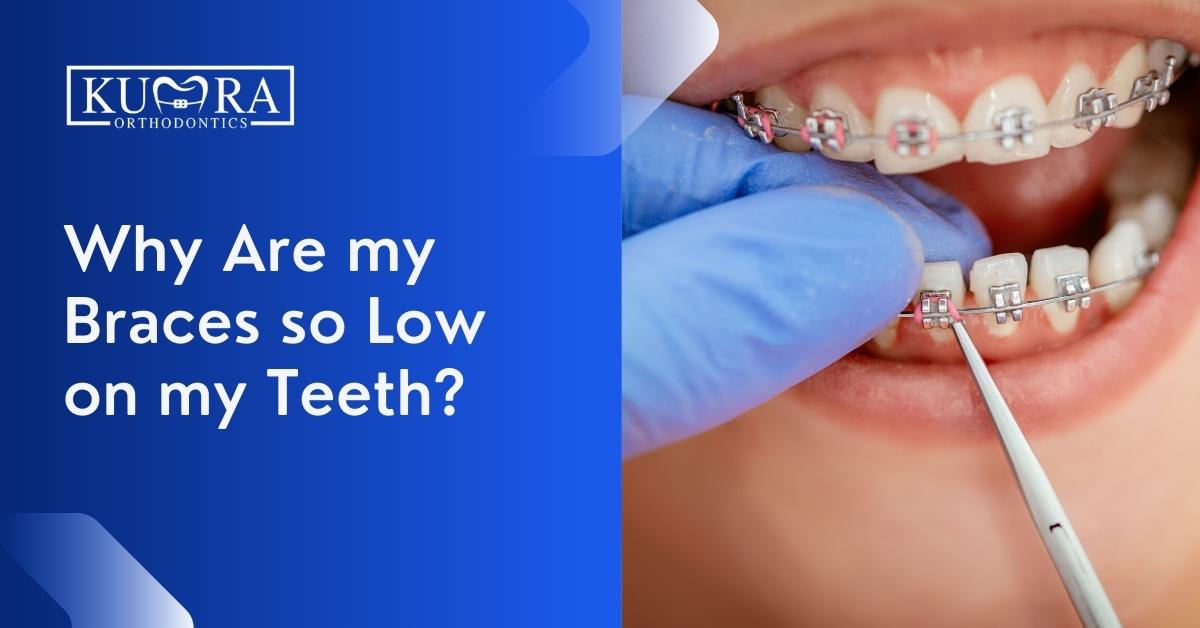Why Cumming Invisalign is the Perfect Selection for a Discreet Orthodontic Remedy
Comprehensive Overview to Orthodontics Treatments for Fixing Dental Misalignments
In the realm of orthodontics, the trip to attaining a flawlessly straightened smile includes a myriad of procedures tailored to deal with oral imbalances. From standard braces to invisible aligners and also medical choices, the field of orthodontics provides a variety of remedies to attend to varying degrees of oral abnormalities. Recognizing the details of each procedure, including their mechanisms, advantages, and potential downsides, is essential in making informed decisions regarding one's orthodontic therapy. As we browse with the detailed guide to orthodontic treatments for fixing dental imbalances, the complex details of each approach will unfold, clarifying the path towards a harmonious and useful oral positioning.
Orthodontic Procedures Introduction

Along with clear aligners and typical dental braces, orthodontists might additionally advise various other interventions like headwear, palatal expanders, or retainers to address specific alignment issues (cumming braces). These procedures are tailored to each patient's unique needs and might involve a combination of therapies to accomplish the desired results. Regular changes and surveillance are essential parts of orthodontic treatment to ensure progress gets on track and to make any kind of needed adjustments along the way. By going through orthodontic procedures, people can not just accomplish a straighter smile but likewise improve their general oral wellness and feature.
Traditional Braces: How They Function
When considering orthodontic treatments for dental misalignments, traditional braces stand out as a time-tested approach for correcting teeth placing. Typical braces consist of brackets, cords, and bands that function with each other to use constant pressure on the teeth, slowly moving them right into the wanted placement.
One secret element of exactly how typical dental braces work is the process of bone remodeling. As pressure is put on the teeth through the dental braces, the bone bordering the teeth is improved to support the new tooth positions. This renovation is necessary for the long-lasting stability of the corrected placement. Individuals will need normal modifications at the orthodontist's workplace to make sure the dental braces proceed to use the right pressure for effective teeth activity.
Unnoticeable Aligners: Pros and Disadvantages
These clear, tailor-made trays are essentially unnoticeable when worn, making them an appealing alternative for people seeking a much more visually pleasing orthodontic treatment. People can eliminate the aligners before eating or brushing their teeth, reducing the threat of food getting stuck in the appliance and simplifying the cleaning procedure.

Surgical Orthodontic Options
Surgical interventions in orthodontics present viable alternatives for addressing complex oral misalignments that may not be effectively fixed via standard orthodontic treatments. While undetectable aligners prosthodontist and conventional braces can remedy several orthodontic concerns, particular instances require surgical intervention to accomplish ideal outcomes. Surgical orthodontic alternatives are typically recommended for extreme malocclusions, considerable jaw disparities, and situations where the underlying bone structure requires adjustment to achieve appropriate placement.
One typical medical orthodontic procedure is orthognathic surgical procedure, which includes rearranging the jaws to correct practical problems such as trouble speaking or eating. This surgical procedure is commonly executed in partnership with an orthodontist that aids line up the teeth prior to and after the procedure. Surgical orthodontics might likewise entail procedures to expose influenced teeth, get rid of excess gum tissue, or reshape the jawbone to create a much more harmonious facial profile.
Before considering medical orthodontic options, clients undergo a thorough examination to establish the necessity and prospective advantages of such interventions. cumming invisalign. While surgical procedure might appear complicated, it can considerably improve both the function and aesthetics of the smile in cases where conventional orthodontic therapies fail
Retainers and Post-Treatment Care

Failing to comply with post-treatment care directions can result in relapse, where the teeth progressively move back towards their initial settings. Constant retainer wear, excellent oral health, and routine oral check-ups are essential for preserving the results attained with orthodontic surgical treatment and making certain the long-lasting security of the fixed oral alignment.
Final Thought
In conclusion, orthodontic procedures provide different alternatives for dealing with oral misalignments. Surgical orthodontic alternatives are available for more severe misalignments. In general, orthodontic procedures can efficiently enhance oral wellness and visual look.
As we browse with the detailed overview to orthodontic treatments for fixing dental misalignments, the elaborate details of each method will unravel, losing light on the course toward a harmonious and functional dental positioning. - orthodontics
One of the most typical orthodontic treatments is the use of braces, which consist of steel braces and cables that apply mild stress to progressively shift teeth into the preferred position.When thinking about orthodontic therapies for oral misalignments, traditional dental braces stand out as a tried and true approach for dealing with teeth positioning. In addition, invisible aligners might not be appropriate for complex orthodontic concerns that important site need even more significant teeth motion, as they are typically suggested for light to modest cases. Retainers are personalized orthodontic tools created to hold teeth in their corrected placements after the completion of orthodontic treatment.